Energy Efficiency and Energy Savings: A View from the Building Sector
 A survey of senior building sector executives on the feasibility of implementing energy efficiency measures across their sector in China, Europe, India and the U.S.
A survey of senior building sector executives on the feasibility of implementing energy efficiency measures across their sector in China, Europe, India and the U.S.
45 result(s) found
 A survey of senior building sector executives on the feasibility of implementing energy efficiency measures across their sector in China, Europe, India and the U.S.
A survey of senior building sector executives on the feasibility of implementing energy efficiency measures across their sector in China, Europe, India and the U.S.
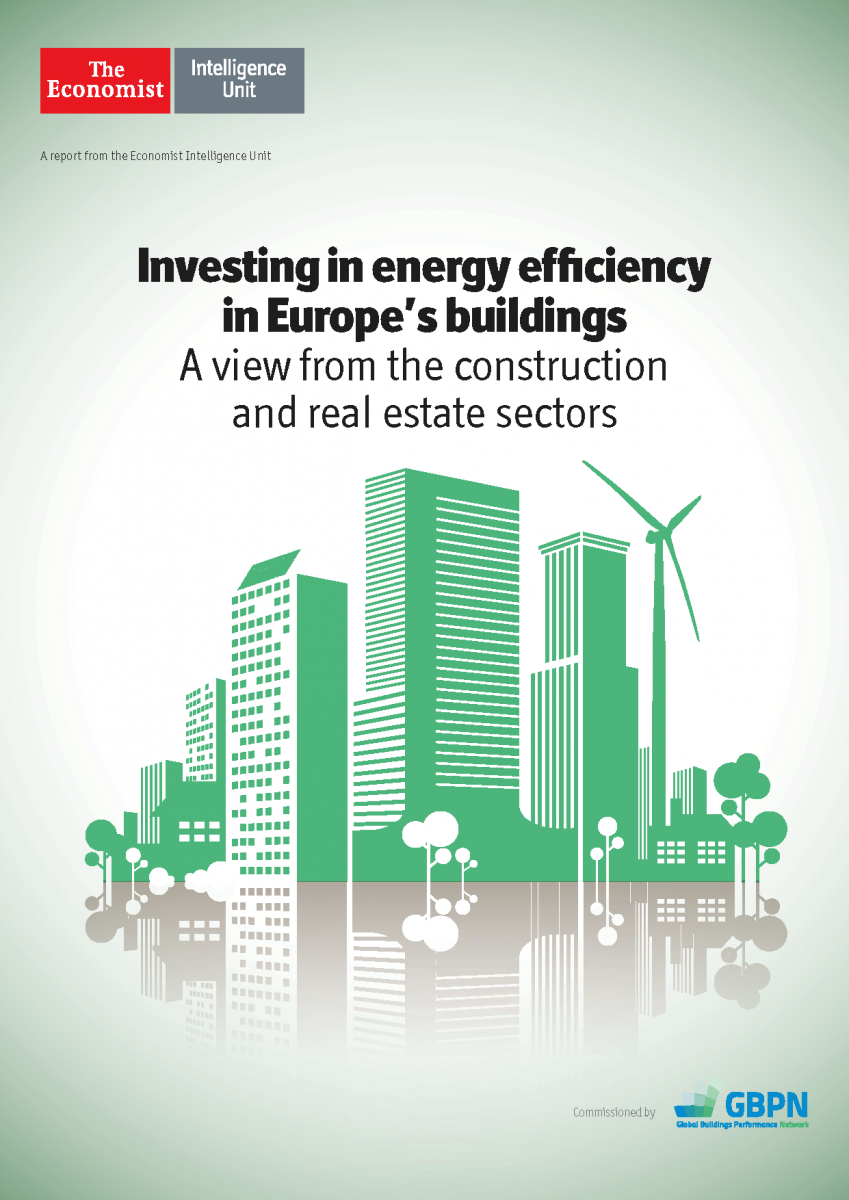 Highlights
Highlights
An EIU survey commissioned by the GBPN in collaboration with BPIE about the European real estate and construction executives's opinion of energy efficiency in the building sector.
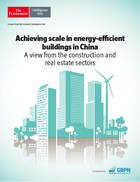
Briefing
A report from the Economist Intelligence Unit (EIU), commissioned by the GBPN in collaboration with The China Sustainable Energy Program (CSEP) shows the current situation and the challenges in building energy efficiency from the perspective of building sector executives.
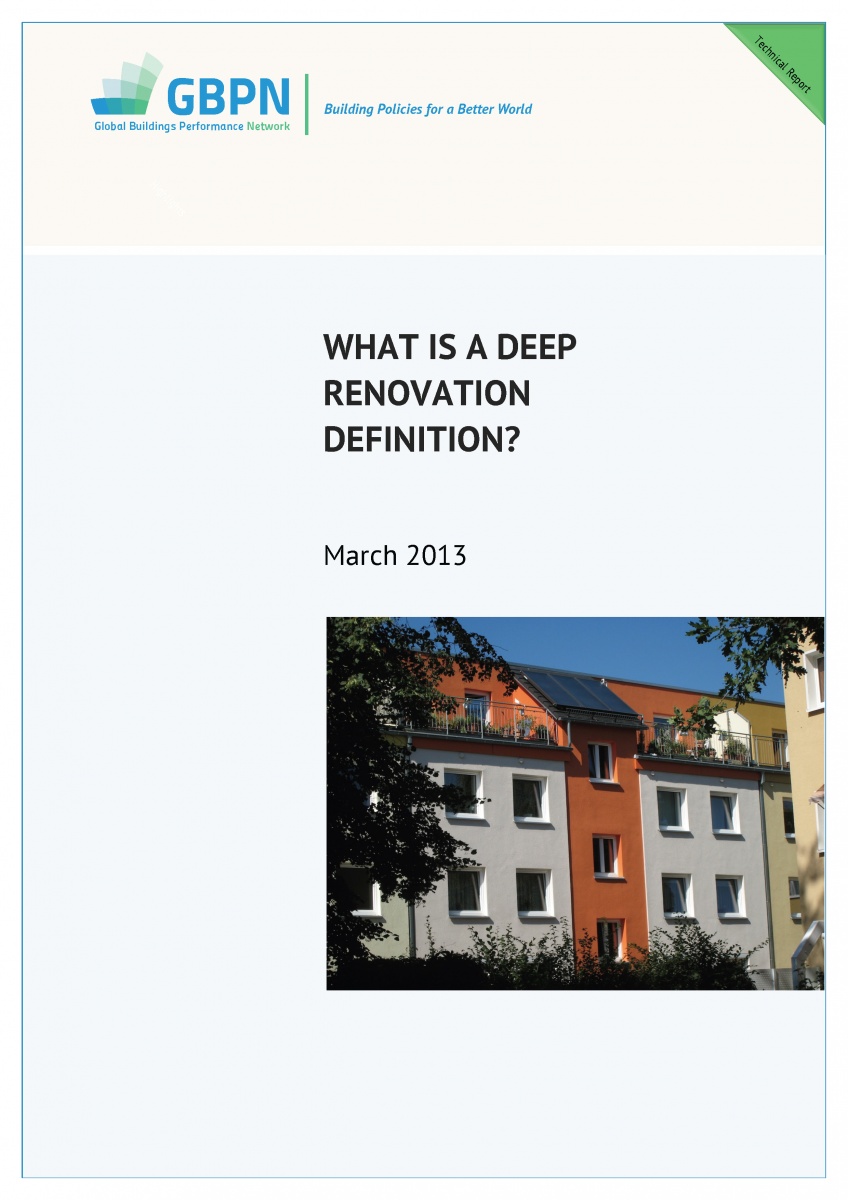 什么是“深度”改造?GBPN就此召集大西洋两岸的合作者共同研讨后统一了其定义。我们就目前最常用的两个表达方式深度改造和深度整修的定义达成了共识。
什么是“深度”改造?GBPN就此召集大西洋两岸的合作者共同研讨后统一了其定义。我们就目前最常用的两个表达方式深度改造和深度整修的定义达成了共识。
 Executive Summary
Executive Summary
GBPN conducted a study on the factors affecting the use of ESCO models for the retrofit of existing buildings in China, identifying current barriers to the development of the Chinese ESCO market, while also researching best-practice examples of ESCOs globally and investigating the feasibility of introducing those examples to China.
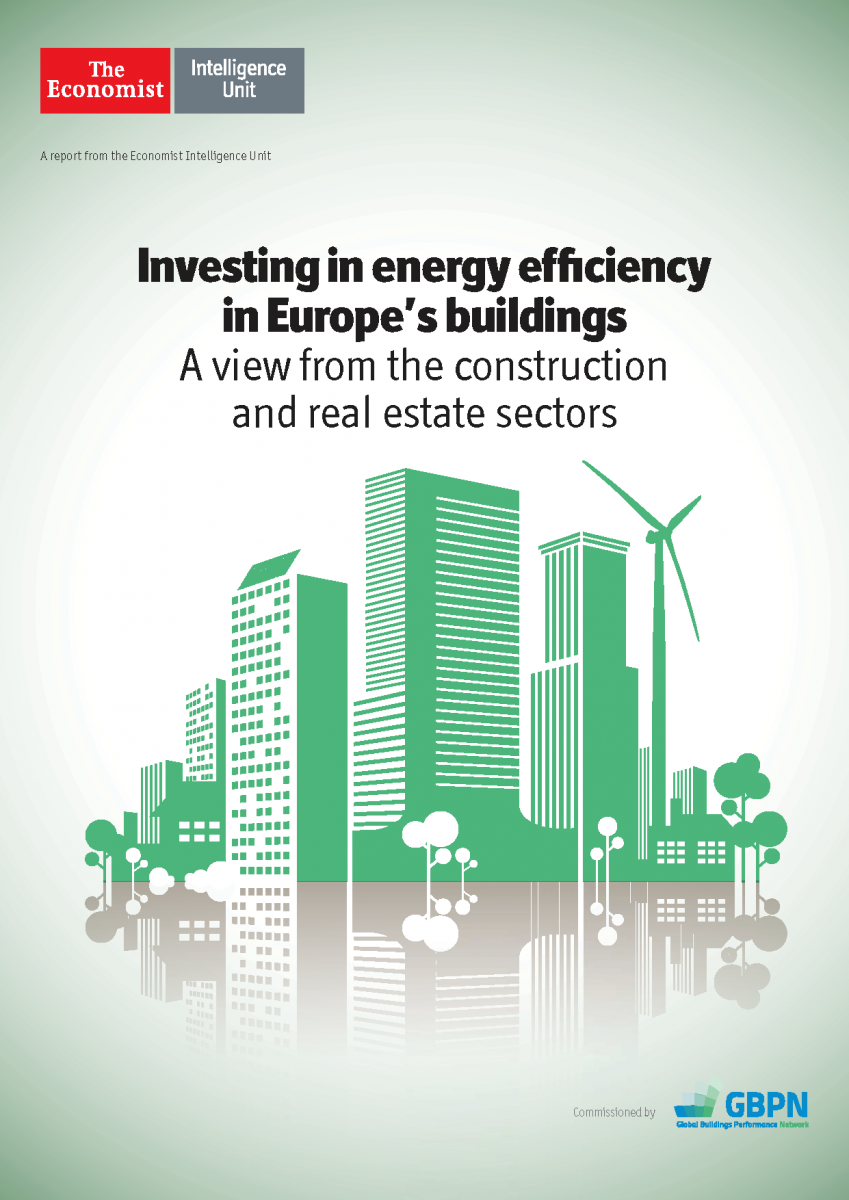
Highlights
An EIU survey commissioned by the GBPN in collaboration with BPIE about the European real estate and construction executives's opinion of energy efficiency in the building sector.
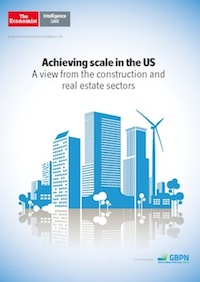 Highlight
Highlight
An EIU survey commissioned by the GBPN in collaboration with IMT about the U.S. real estate and construction executives's opinion of energy efficiency in the building sector.
 什么是“深度”改造?GBPN就此召集大西洋两岸的合作者共同研讨后统一了其定义。我们就目前最常用的两个表达方式深度改造和深度整修的定义达成了共识。
什么是“深度”改造?GBPN就此召集大西洋两岸的合作者共同研讨后统一了其定义。我们就目前最常用的两个表达方式深度改造和深度整修的定义达成了共识。
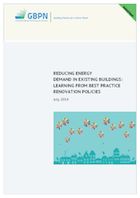 Briefing
Briefing
The GBPN has created an on-line Policy Tool for Renovation which allows the user to understand the need for and the benefits of a package of complementary policies to embark on a highly ambitious renovation strategy.
 Highlights
Highlights
The GBPN has created an on-line Policy Tool for Renovation which allows the user to understand the need for and the benefits of a package of complementary policies to embark on a highly ambitious renovation strategy.
 GBPN开发了一个在线 建筑改造政策工具,它让用户了解一揽子政策的需要及优点并鼓励其采用更积极的策略。
GBPN开发了一个在线 建筑改造政策工具,它让用户了解一揽子政策的需要及优点并鼓励其采用更积极的策略。
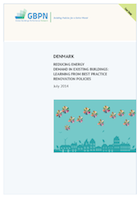 The GBPN has created an on-line Policy Tool for Renovation which allows the user to understand the need for and the benefits of a package of complementary policies to embark on a highly ambitious renovation strategy.
The GBPN has created an on-line Policy Tool for Renovation which allows the user to understand the need for and the benefits of a package of complementary policies to embark on a highly ambitious renovation strategy.
 Report
Report
The GBPN has created an on-line Policy Tool for Renovation which allows the user to understand the need for and the benefits of a package of complementary policies to embark on a highly ambitious renovation strategy.
Savings in the existing building stock can only be achieved with the widespread adoption and implementation of effective policy packages and support programmes that have a long-term target of achieving deep renovation.
Global warming and environment problems caused by the excessive emission of greenhouse gases (GHGs), along with rapid economic development has attracted the attention of many countries and regions of the world. Reducing GHG emissions is essential to mitigate the threat of global warming. Household carbon (dioxide) emissions have been recognized as one of the most important contributors to climate change, with a significant impact on both the local and global environment, and various policy instruments have been implemented by governments to bring about the reduction.
In order to achieve long-term targets for energy savings and emission reductions, substantial savings will be needed from existing buildings. For example, a recent analysis for the USA examines aggressive strategies to cut carbon emissions in half by 2040 and finds that in order to achieve this emission reduction target, more than half of existing buildings will need comprehensive energy efficiency retrofits. Germany is targeting an overall primary energy consumption reduction of 50% in 2050 including increasing building renovation rate to 2% per year.
There is increasing interest in the idea that energy efficiency has economic, environmental and social impacts beyond energy and cost saving - a ‘multiple benefits’ perspective. However, present EU-decision making on energy efficiency is based on assessment of a very narrow range of costs and benefits. This paper investigates whether and how advocates of energy efficiency have used multiple benefits to frame their interactions with policy-makers at EU and UK level, and to broaden the appeal of energy efficiency.
Energy efficiency policies have the unique capacity to contribute to a more sustainable energy future at an economic net benefit even when co-benefits are not included in the evaluations. The purpose of this paper is to present quantitative and comparative information on the societal cost-effectiveness and the lifetime energy savings of all light eight building energy efficiency policy instruments.